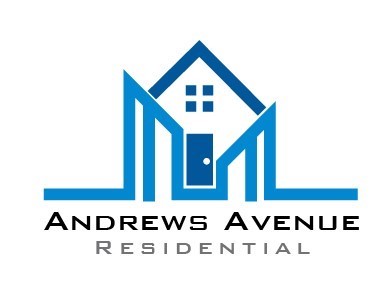High tenant turnover can significantly impact your multi-family property’s profitability. Replacing residents translates to lost rent, vacancy periods, and marketing costs. But there’s a solution! By leveraging data-driven resident retention strategies, you can keep your apartments filled with happy tenants.
Understanding Resident Turnover Causes
The first step is to identify the root causes of resident turnover in your multi-family property. Conduct exit interviews and analyze historical data on lease renewals and move-out reasons. Here are some common culprits:
- Noncompetitive Rent Increases: While rent adjustments are inevitable, aggressive hikes can push residents towards more affordable options. Utilize rental market data to ensure your rents are competitive while maintaining profitability.
- Inefficient Maintenance: Untimely repairs, inefficient processes, and a lack of communication around maintenance requests can lead to frustration. Implement predictive maintenance based on historical data to identify potential issues and minimize disruptions.
- Poor Resident Experience: A sense of disconnect from the community, lack of desired amenities, or feeling unheard can contribute to dissatisfaction. Conduct resident satisfaction surveys to understand their needs and tailor your approach accordingly.
Data-Driven Solutions for a Happy Community
Data empowers you to create a more resident-centric experience, minimizing turnover and achieving long-term success:
- Rent Benchmarking with Property Management Software: Utilize data on local rental trends to ensure your rents are competitive. Property management software can provide valuable market insights for optimal rent benchmarking.
- Predictive Maintenance for Resident Comfort: Analyze historical maintenance requests to predict future equipment failures or common issues within specific unit types. This proactive approach minimizes disruptions and keeps residents comfortable.
- Resident Satisfaction Surveys for Improvement: Conduct regular surveys to gather resident feedback on everything from amenities to communication. Analyze responses to identify areas for improvement and tailor your approach to their needs.
Building a Strong Resident Community
Data can also guide you in fostering a strong sense of community, a key factor in resident retention:
- Resident Events Based on Demographics: Analyze resident demographics to plan social events and activities that cater to their interests.
- Resident Portal for Streamlined Communication: Create an online portal where residents can submit maintenance requests, pay rent, and connect with neighbors. This streamlines communication and fosters a sense of community.
- Resident Recognition Programs for Loyalty: Implement programs that acknowledge and reward good tenants, fostering a sense of value and appreciation.
Transparency: Building Trust with Residents
Data empowers transparency, a key trust-builder with residents:
- Renewal Offer Optimization for Loyalty: Analyze renewal data to understand resident behavior around lease renewals. This allows you to make personalized renewal offers that are fair and competitive, fostering resident loyalty.
- Maintenance Communication for Trust: Use data to track maintenance request response times and completion rates. Communicate this information to residents, demonstrating your commitment to their well-being.
- Resident Feedback Follow-Up: Track resident survey responses and ensure residents see their feedback reflected in property improvements or policy changes. This demonstrates that you value their input.
By embracing a data-driven approach, you can gain valuable insights into resident behavior and preferences. This empowers you to create a thriving multi-family property with happy, long-term residents.

